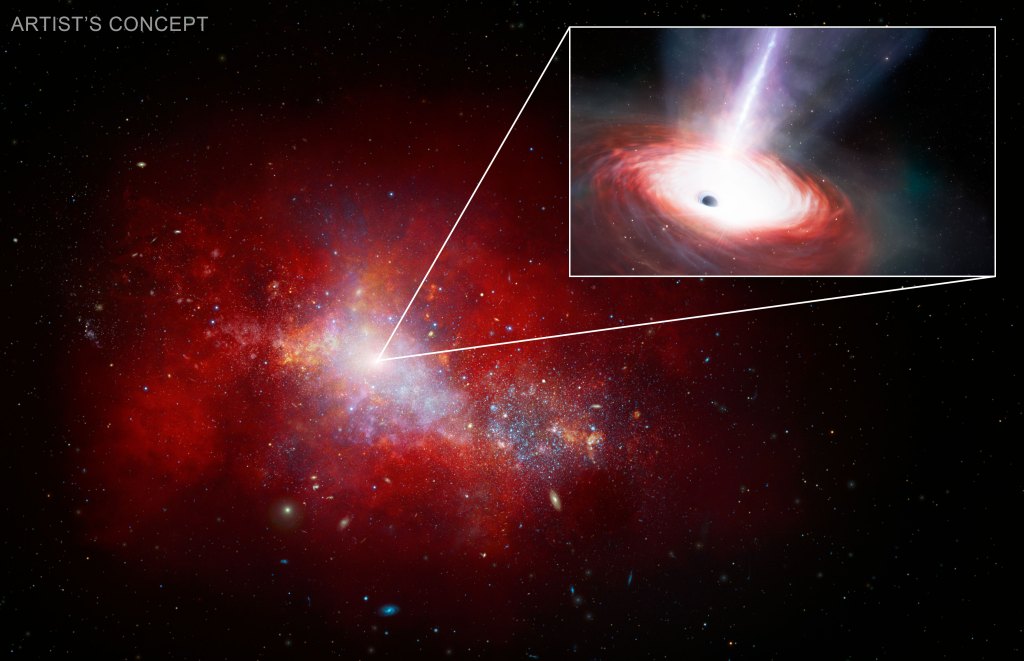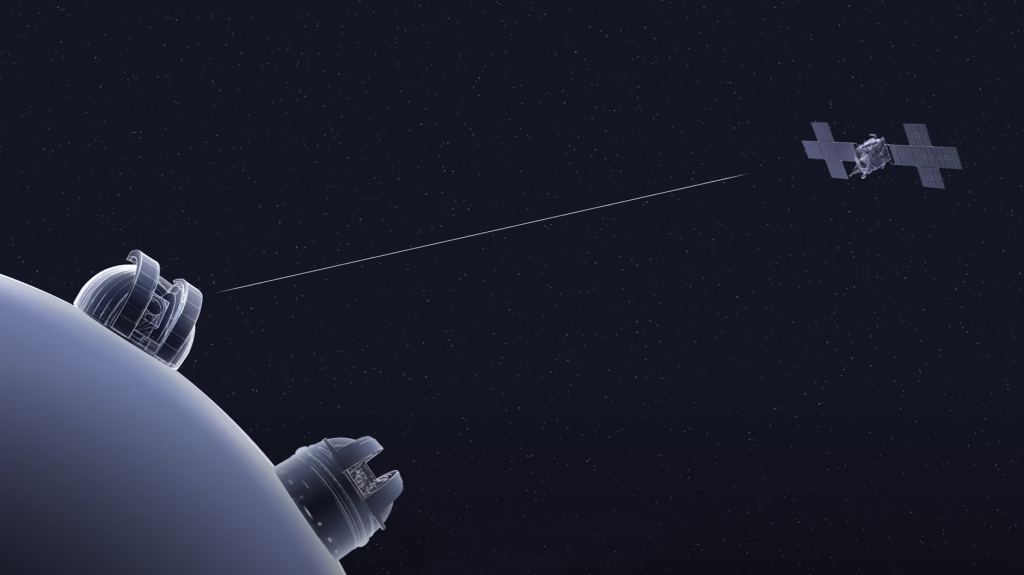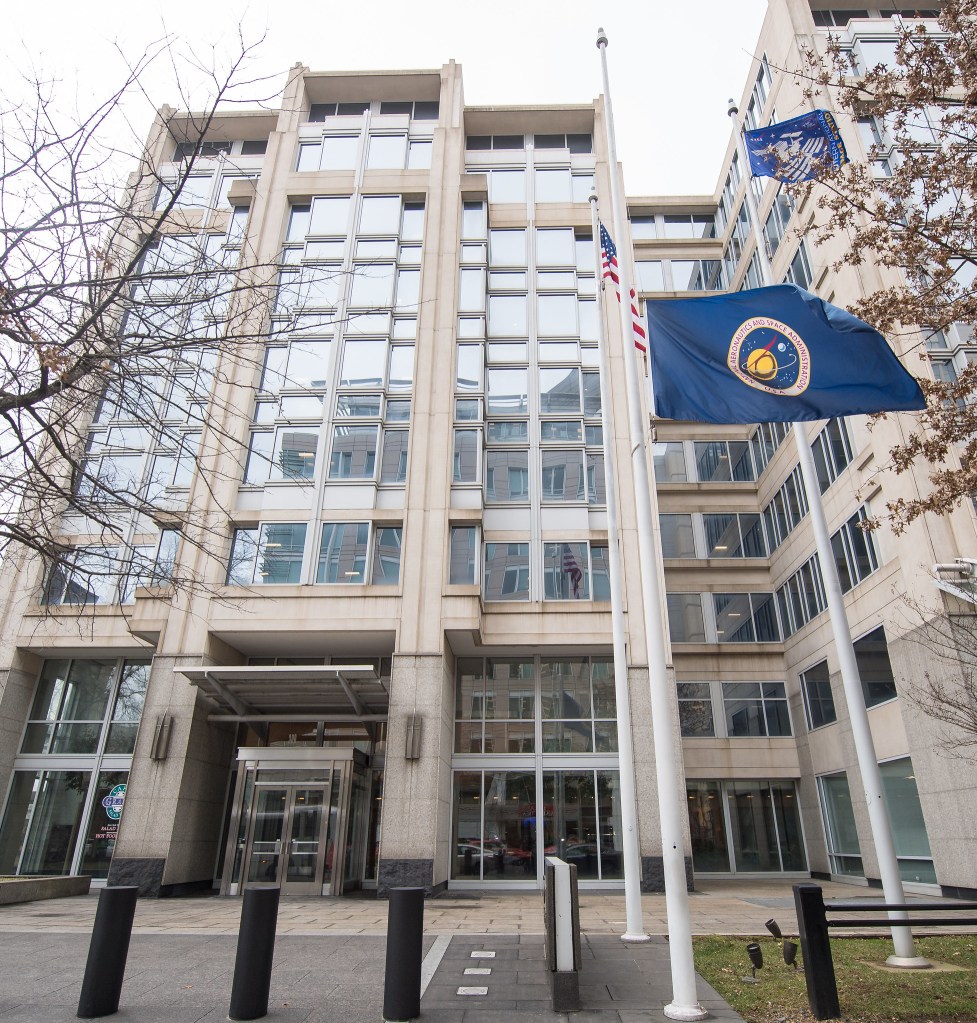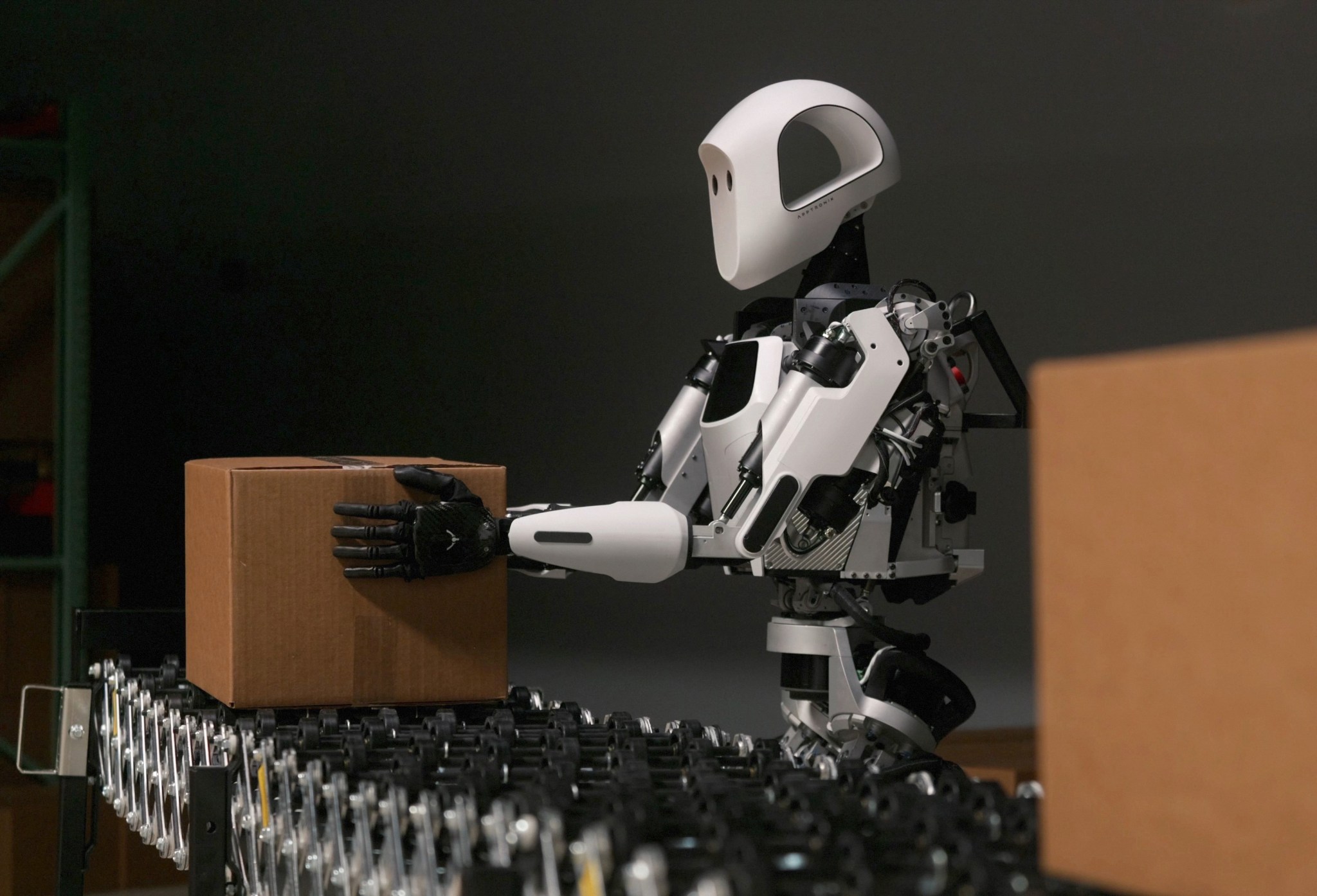NASA’s experience in developing humanoid robots designed to work together with astronauts is playing a crucial role in the advancement of the robotics industry. In part thanks to this expertise, one of the agency’s small business partners recently unveiled a humanoid robot for Earth-based applications.
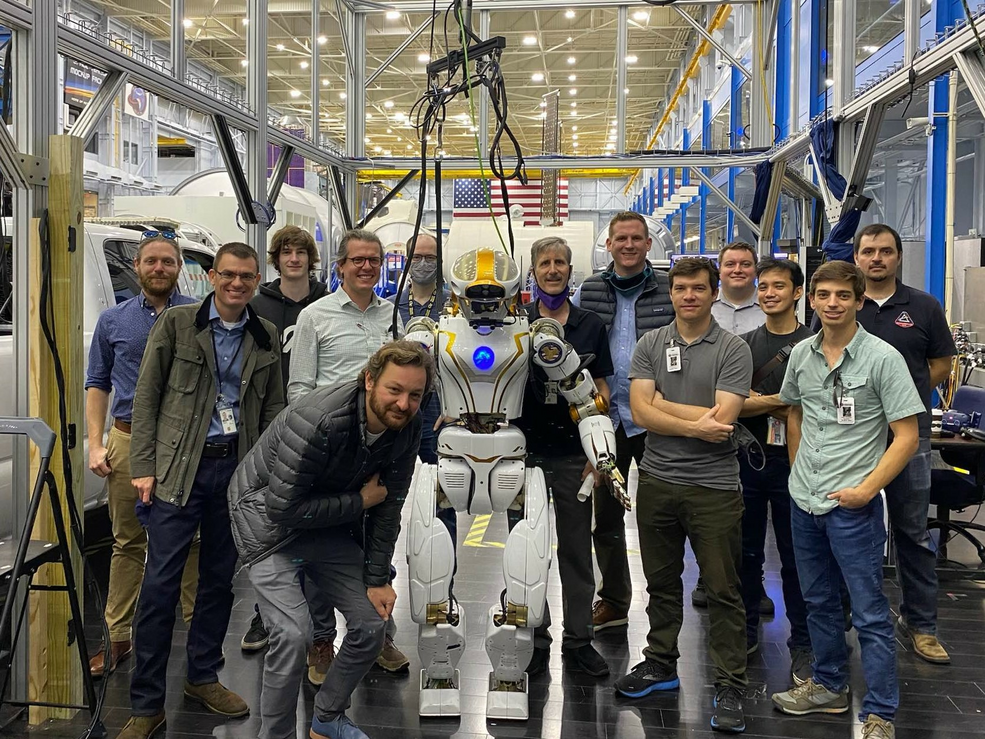
NASA’s experience in developing humanoid robots designed to work together with astronauts is playing a crucial role in the advancement of the robotics industry. In part thanks to this expertise, one of the agency’s small business partners recently unveiled a humanoid robot for Earth-based applications.
Apptronik, Inc. of Austin, Texas, has worked with NASA via SBIR (Small Business Innovation Research) contracts to collaborate on the development of its robot, named Apollo, which aims to improve the human experience through a wide range of service abilities.
While Apollo is designed for use on Earth in logistics, manufacturing, home delivery and patient care, NASA is interested in potentially adapting the robots for use in space to serve as assistants for astronauts living and working on the surface of the Moon and Mars, and to act as remote “avatars” for human operators on Earth.
The NASA collaboration with Apptronik focused on the modularity of the robot, which allows it to be reconfigured to perform different functions. It can be equipped with different levels of dexterity, autonomy, and the ability to utilize tools depending on which tasks it needs to perform. NASA also contributed expertise on how to develop mobility and software features that provide safe robotic operation when working alongside humans.
“By applying NASA’s expertise in human-safe mobile robots to commercial projects, together we are able to spur innovation in this important field,” says Shaun Azimi, lead of the dexterous robotics team at NASA’s Johnson Space Center in Houston. “We are proud to see our efforts result in robotics technology that will benefit the American economy and assist humans in working safely and productively here on Earth and potentially in space exploration as well.”
General purpose robots of many forms, including humanoids, could be used on the lunar and Martian surface to offload mundane and dangerous tasks from astronauts, enabling humans to focus on science and exploration. Robots could also assist with the maintenance of resource utilization plants that would allow astronauts to live off resources found on the surface.
While the agency’s current humanoid robot platform, Valkyrie, could help humans in these situations, another option for the agency could be to adapt commercial general purpose robots for space applications, as is the approach taken by the CoSTAR (Collaborative SubTerranean Autonomos Robots) project, managed by NASA’s Jet Propulsion Laboratory in Southern California. CoSTAR is iterating on a commercial robot to develop one that could autonomously explore caves, pits, tunnels, and other subsurface terrain on the Moon and Mars. NASA plans to collaborate in a similar fashion using robots from many industry partners, including companies like Apptronik.
Using robots to enhance Artemis missions could help humanity build a long-term presence on the lunar surface and one day on other planets like Mars. Through domestic and international commercial partnerships, NASA is creating the next generation of human-scale robotic capabilities.
The NASA SBIR program is part of NASA’s Space Technology Mission Directorate and is managed by NASA’s Ames Research Center in Silicon Valley. NASA’s Valkyrie robot is managed by NASA’s Johnson Space Center Engineering Directorate in Houston, Texas.
Rebecca Wickes
Johnson Space Center, Houston
rebecca.c.wickes@nasa.gov






